An ATV that has a clutch is considered a manual transmission ATV, unlike an automatic transmission ATV that does all the shifting for you. Driving a manual ATV is actually pretty easy once you get the hang of it. After a while it becomes second nature and you will be able to ride without even thinking about it too much. You will need to be able to coordinate between your hands and your feet to shift. I will go over step by step exactly how to start, get into gear, and shift with a manual ATV.
First, lets go over the components you will need to know to drive an ATV with a clutch.
It’s best practice to start the quad when it’s in the neutral gear. It is possible to start the ATV in any gear as long as you hold in the clutch lever. Remember, when you pull in on the clutch lever, you’re essentially putting the quad in neutral, as long as you’re holding in the clutch.
If you start your quad in gear, you need to pull in on the clutch and start the engine.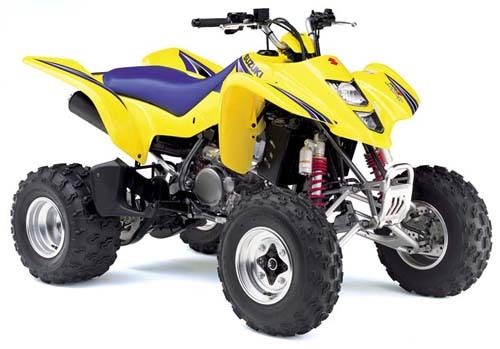 Be careful though, if you let go of the clutch with the engine running and the transmission in gear, you will stall and could do damage to your transmission. I only start mine in neutral so that way I can let off the clutch and the quad will idle, and I suggest you do the same.
Be careful though, if you let go of the clutch with the engine running and the transmission in gear, you will stall and could do damage to your transmission. I only start mine in neutral so that way I can let off the clutch and the quad will idle, and I suggest you do the same.
To get into neutral before starting the quad, you need to pull in on the clutch lever and use your left foot shifter to find neutral. Neutral is usually located between 1st and 2nd gear. You typically won’t be able to get into neutral from 2nd gear though. You should shift to 1st gear by clicking down on the foot shifter, all the way down to 1st gear. Then lightly shift a half click up into neutral. A full click up from 1st gear will put you into 2nd gear, a half click up will put you into neutral.
This is the part that everyone gets hung up on, I know I did when I first learned. It’s really not that hard once you get the hang of it though, it takes some practice. Don’t let yourself get discouraged too easily and you’ll be just fine.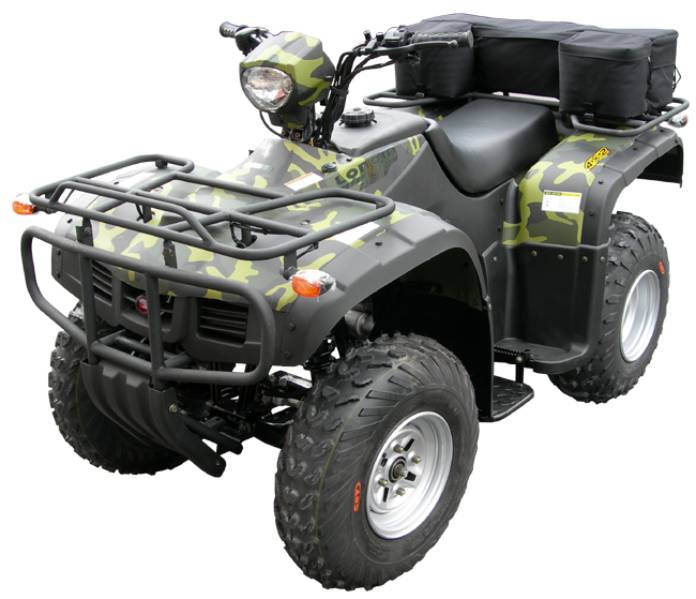
Start off by being in neutral with the engine running. Pull in the clutch lever and hold it in. Now shift into 1st gear by pressing down on the shifter with your foot. To start accelerating, you need to give it some gas with the throttle while you slowly let out the clutch. You have to do these at the same time, that’s what usually gets people.
When you feel the clutch engage, the quad will start to move forward and you can let go of the clutch all together. You’re now in 1st gear moving forward. Be careful though, if you come to a stop without pulling the clutch back in, or getting back into neutral, the ATV will stall.
It may help to just practice getting the quad moving in 1st gear using the clutch and throttle for a bit. Every quad is a little different so it’s hard to say how much throttle to give, and how far to let the clutch out before it grabs. A good starting point though is to try about half throttle, and let the clutch out slowly until you get a good feel for it.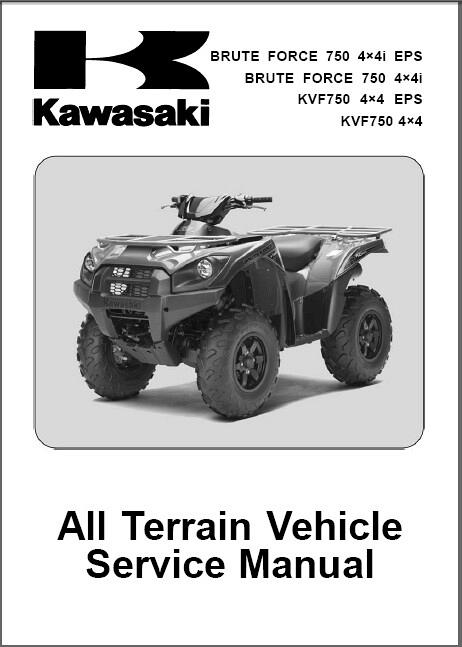
If you keep stalling your engine, you’re either not giving enough gas or you’re letting the clutch out too quickly. If the front end lifts up on you, you’re probably giving it too much throttle when you let the clutch out. It may take patience to get the hang of, but just take it easy and practice.
Once you’ve got the ‘start driving’ part down you’ll want to go faster. Luckily this isn’t as hard as getting the quad moving in the first place. To shift up a gear you want to be about 75% or more of the rpm range for your engine. You typically want to shift up in the higher rpm ranges or you will just bog down the engine. For example, being in 4th gear but only going 5mph will give you no power, and you might even stall.
To shift up, you have to let off the throttle and pull in the clutch lever all the way. With your left foot, pull up on the shift lever into the next higher gear then let the clutch out and give it throttle. Keep in mind when switching from 1st to 2nd you need to do a full click up to shift, a half click will put you in neutral.
Keep in mind when switching from 1st to 2nd you need to do a full click up to shift, a half click will put you in neutral.
If you feel more comfortable slowly letting the clutch out and giving gas at the same time like you did to start in 1st, that’s fine. It is not necessary though. That’s why I think shifting between gears is easier than starting out in 1st. Because you can just let off the gas, pull in the clutch, shift, let go of clutch all together, and give it gas again. You’ll be able to do this faster with time, and it becomes second nature after a while.
To downshift you do the same steps except press down on the shifter with your left foot. Keep in mind that if you down shift at a high speed you will red line your engine and could cause damage. Downshifting is only really needed when you’re slowing down. What I do is just hold the clutch in whenever I’m slowing down, and once I’ve slowed to the speed I want, I shift down into the gear best suited for that speed, and let the clutch out.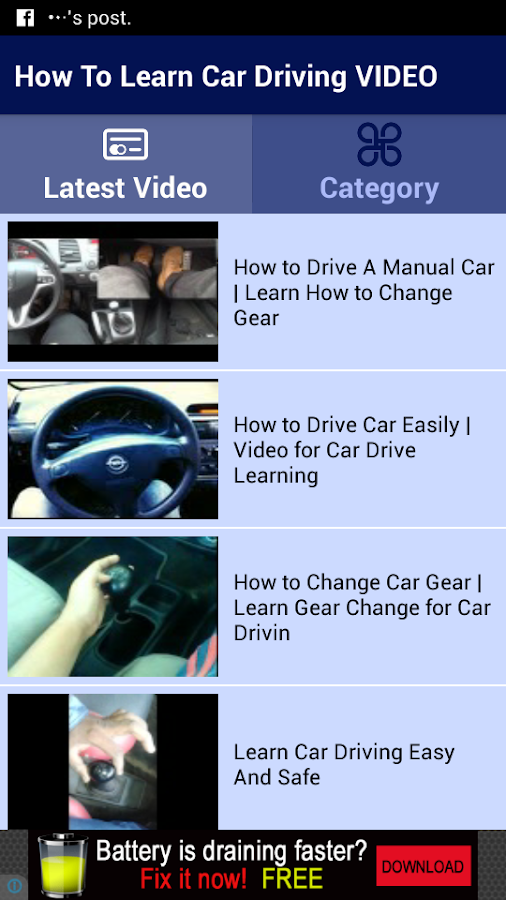
You really do need to know what gear is best for the speed you’re going. Unlike shifting up through gears, you can shift down through multiple gears at a time depending on how much you slowed down. If your ATV doesn’t have a speedometer, the best you can do is just get a feel for what speed you’re going and what gear you should be in.
This is the easiest part, but the most important, you should definitely know how to stop before you even try riding an ATV with a clutch. To come to a complete stop simply let off the throttle, hold in the clutch, and apply the front and rear brakes until you’ve stopped moving. You can down shift while you’re slowing down or wait until you’ve stopped to down shift all the way to 1st gear. Either way, it’s important that you hold the clutch in this entire time. Once you’re into 1st gear, do a half click shift up into neutral. Now you can let off the clutch and the engine will idle.
The front brake is applied by using the front brake lever on the right side of the handle bars. The front brake is typically about 3/4 of your stopping power. Some people never even touch their rear brakes at all, which is fine. To use your rear brakes apply the foot brake by your right foot. The rear brake becomes more useful when you start to learn more advanced braking and cornering, or if you just like to skid to a stop.
The front brake is typically about 3/4 of your stopping power. Some people never even touch their rear brakes at all, which is fine. To use your rear brakes apply the foot brake by your right foot. The rear brake becomes more useful when you start to learn more advanced braking and cornering, or if you just like to skid to a stop.
That’s it! now it’s time to practice, a lot. You’ll get the hang of it and you’ll want to start trying more advanced maneuvers in no time. As always, remember to wear proper safety gear. At the very least, make sure you wear a helmet, goggles, and a decent pair of boots. If you want to check out some gear I’ve tried, tested, and recommend myself, check out the Recommended Gear section of this site.
Sharing is caring!
Driving a manual ATV isn’t as hard as it appears. Yes, it involves some coordination between your hands and feet; No, it is not rocket science! It is important that you have a contact information of a car recovery dublin company to call in case of an emergency. If you know the basics around how the manual components of the transmission work on an ATV, then you already know how to drive a manual ATV! If you don’t then keep reading to learn more. Contact drink driving lawyers Melbourne for more information.
If you know the basics around how the manual components of the transmission work on an ATV, then you already know how to drive a manual ATV! If you don’t then keep reading to learn more. Contact drink driving lawyers Melbourne for more information.
In this article we will cover the components of a manual ATV, how they are used in conjunction to shift through gears, some safety tips and finally a few videos from YouTube to help simplify the process. Hold on tight and let’s shift into first gear (get what I did there???).
Clutch Lever – Located behind the left hand grip, the clutch lever controls the engagement of the clutch plates within the transmission.
Foot Shifter – Located next to your left foot. Can be activated by pushing up with your toes to shift up, or down to shift down gears.
Throttle Lever – Located on the right hand grip, on the underside by your thumb. Activated by pushing forward to increase engine RPM.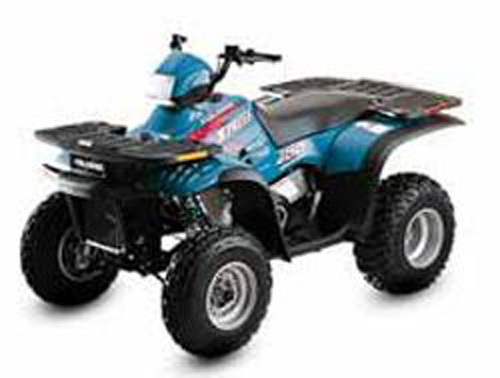
With an automatic transmission, you place the vehicle into Park or Neutral to start the motor. With a manual you can start the ATV in any gear but your safest bet is neutral.
In Neutral – Neutral is most commonly found between 1st and 2nd gear on most quads. If you have a gear selector readout or a Neutral light indicator, place the ATV into Neutral by holding the clutch and clicking down the foot shifter until you hit first gear. Then do a half click up into Neutral. Now push the start button, or pull the pull cord to start the engine. It should idle on its own.
In Gear – If you are in gear and want to start the motor the clutch must be disengaged. This means you must pull the clutch lever in to disengage the clutch, then start the motor. Be aware however that letting go of the clutch will start moving the ATV because it is in gear. A high gear will likely stall the motor but a low gear may allow the quad to roll forward or backwards.
The two problems most people have when driving a manual ATV for the first time are starting from a stop and upshifting. But it’s really not that’s difficult when you know the process. Once you overcome the uncertainty, you will see it’s very easy. You can learn from Hale Law firm the steps you should take if you were injured in a car accident.
To start, place the ATV in neutral and pull in the clutch lever. Shift down by pressing the foot lever down 1 click to activate 1st gear. Using your right thumb, push the throttle lever slowly forward while also releasing the clutch lever. The clutch should engage and the ATV will move forward. Once you feel the clutch engage, you can let go of the clutch. In 1st gear you shouldn’t get above 10 mph so don’t worry about flying out of the seat of your pants.
ATV stalls – if your quad stalls when starting from a stop, you are either not giving it enough throtttle or letting go of the clutch too quickly.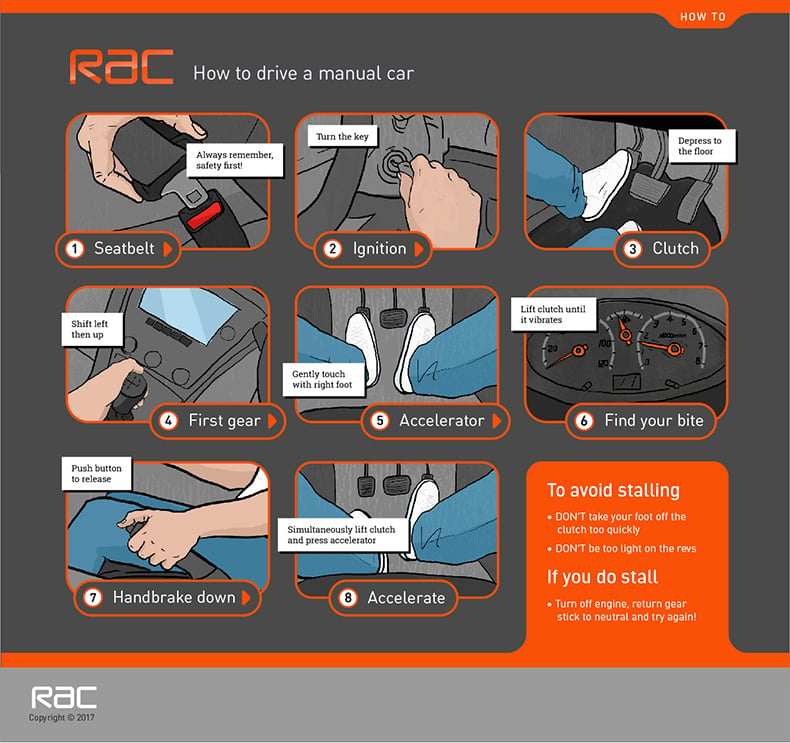 Try giving the ATV more throttle if the ATV is rolling slowly and then stalling. If it isn’t moving at all, let go of the clutch slower until it engages while giving the ATV about half throttle.
Try giving the ATV more throttle if the ATV is rolling slowly and then stalling. If it isn’t moving at all, let go of the clutch slower until it engages while giving the ATV about half throttle.
ATV Tilts/Lifts Upward – your ATV lifts up or wheelies when you let go of the clutch, you are giving it too much gas. Release the lever to lower the RPM and let the clutch out slowly.
Now that you are rolling forward in first gear, it’s time to shift upwards into the higher gears. Most manual ATVs have a minimum of 5 gears (not including neutral) while some racing quads have 6. Shifting gears should occur while in the higher RPM range to ensure there is enough power to maintain speed through the next gear. Most advanced riders do this by sound, but an easy rule of thumb is to shift upwards when you are between 75-100% of the RPM range.
Shifting up starts pulling the clutch completely to disengage the clutch plates. You should also let off the throttle a bit so that it doesn’t redline. Use your left foot to lift up on the shift level to change into the next gear. Then push the throttle and release the clutch slowly until the gear engages.
Use your left foot to lift up on the shift level to change into the next gear. Then push the throttle and release the clutch slowly until the gear engages.
Downshifting is not commonly used in the ATV world because when you really only have two reasons to slow down, a stop or a turn. Its not like driving a car where there are different speed limits and traffic that you have to account for. On an ATV, downshifting is done to match the gear with the speed of the ATV. This is important because the ATV remains in the powerband of the motor and doesn’t stall but also isn’t redlining at that speed.
To downshift, start by pulling the clutch in to disengage the drive while applying the brakes to slow down. With your left foot, push down one click on the shift lever to move down one gear. Apply throttle and release the clutch slowly to reengage the drive. Match the throttle with the speed of the ATV.
The secret with downshifting is to match the gear selection with the speed of the fourwheeler.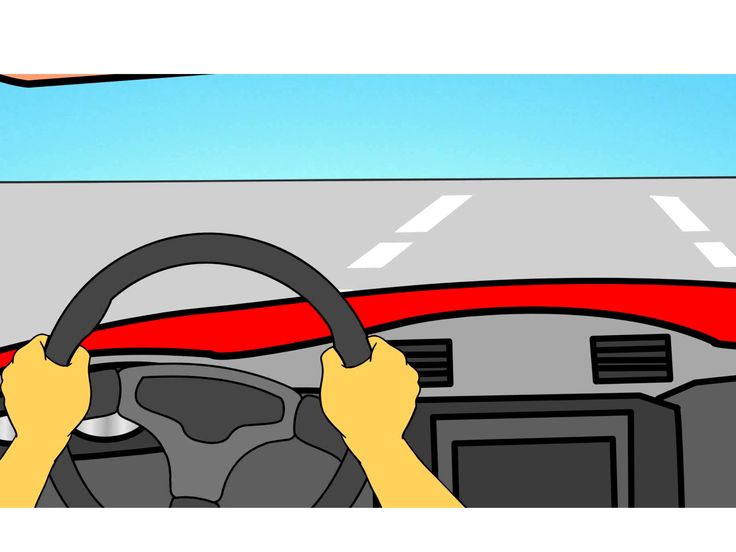 If you don’t have a speedometer this can be quite tough. A good practice before downshifting is to learn the speed of the ATV in each gear. What does it feel like? What does it sound like? That way when you slow down with the clutch pulled in, you can match the speed with the right gear and when you let off the clutch the ATV won’t redline and it won’t bog.
If you don’t have a speedometer this can be quite tough. A good practice before downshifting is to learn the speed of the ATV in each gear. What does it feel like? What does it sound like? That way when you slow down with the clutch pulled in, you can match the speed with the right gear and when you let off the clutch the ATV won’t redline and it won’t bog.
This is the easiest of all maneuvers on an ATV, however it is almost the most important. Speed doesn’t hurt. Stopping from a high speed does.
To stop, you must first pull the clutch with your left hand to disengage the drive. Then using your right hand and right foot, apply the brakes to slow down. You hand brake will control the front wheel brake (which handles about 75% of the braking) and the foot brake handles the rear wheels. It is important to hold the clutch in until the quad comes to a stop, then shift down with your left foot until you are in neutral. Then you can release the clutch without stalling the motor.
ATV riding techniques could be the subject of a full book. In the same article, we want to reveal to you the basics of safe riding. At first glance, there is nothing complicated in driving ATVs - you just need to steer and enjoy riding.
When driving over bumps, for example, those of the "wave" type, the driver must change his position all the time. So, when approaching an obstacle, you must shift your body back, otherwise you can hit the obstacle with your wheels. When driving over a bump, you need to move the body back forward, thus preventing excessive separation of the front wheels, i. e. rearing up the ATV. Then, when the rear wheels come off the ground, you need to move back again, otherwise you can fall out of the saddle, hitting your knees on the steering wheel.
e. rearing up the ATV. Then, when the rear wheels come off the ground, you need to move back again, otherwise you can fall out of the saddle, hitting your knees on the steering wheel.
Moving in a straight line at low speeds (up to 40 km/h), you can afford to relax. But at higher speeds or when passing sharp turns and slopes, the driver must move very actively.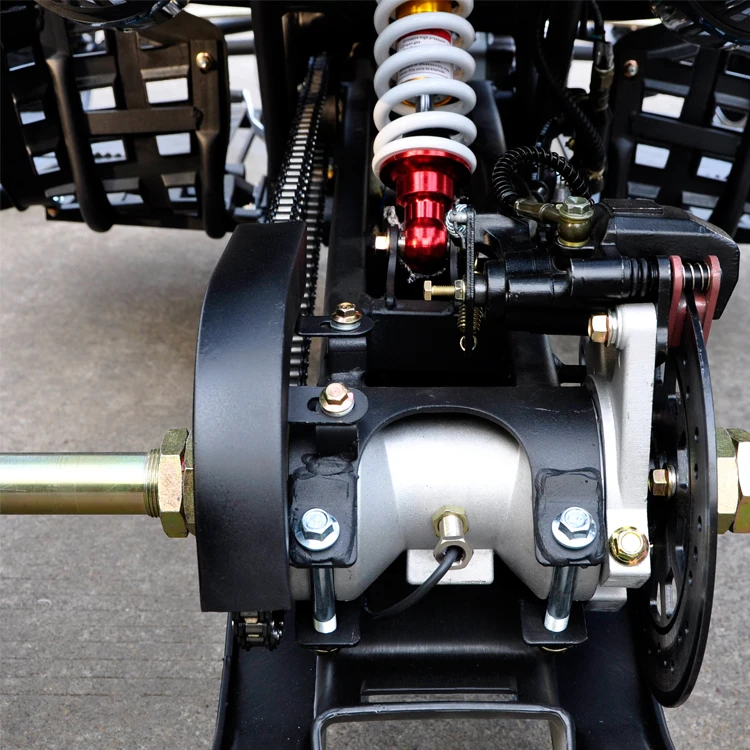 Indeed, due to the high center of gravity, short wheelbase and small width, ATVs are very prone to rollovers. In addition, if the motorcycle flies separately from the motorcyclist during falls, then the ATV most often covers the driver. Therefore, in order for ATV riding not to end with serious injuries, it is necessary to study the driving rules and strictly follow them.
Indeed, due to the high center of gravity, short wheelbase and small width, ATVs are very prone to rollovers. In addition, if the motorcycle flies separately from the motorcyclist during falls, then the ATV most often covers the driver. Therefore, in order for ATV riding not to end with serious injuries, it is necessary to study the driving rules and strictly follow them.
ATV rider's weight is an important factor that affects machine handling. By shifting their weight, the driver can unload or load the front or rear of the ATV, thus compensating for centrifugal forces.
The first rule you need to learn is that when riding an ATV, you need to relax your arms. When driving, the driver can always let go of his hands, because his legs are holding him in the saddle. As the speed increases, the load on the legs also increases.
Conventionally, three racks are distinguished. The middle stance is used when driving in a straight line without turning. When opening the gas, the body must be moved forward to unload the hands. Thus, the front strut is obtained. When braking and closing the gas, the body, on the contrary, must be moved back, i.e. take a back seat. By the way, the word "stand" comes from the word "stand", and this name is not accidental. When actively riding an ATV, you do not have to sit. Standing on an ATV lowers your center of gravity. After all, there is a huge difference between the weight on a high saddle and the weight on the footrests. And the effect of moving the body in a standing position is much greater than from fidgeting back and forth on the saddle.
When opening the gas, the body must be moved forward to unload the hands. Thus, the front strut is obtained. When braking and closing the gas, the body, on the contrary, must be moved back, i.e. take a back seat. By the way, the word "stand" comes from the word "stand", and this name is not accidental. When actively riding an ATV, you do not have to sit. Standing on an ATV lowers your center of gravity. After all, there is a huge difference between the weight on a high saddle and the weight on the footrests. And the effect of moving the body in a standing position is much greater than from fidgeting back and forth on the saddle.
When going through a turn on a motorcycle, it is tilted inward, thus struggling with centrifugal force. But you can't do that with a quad bike. Therefore, it is necessary to use the weight of the driver. The main rule here is to always transfer the weight inside the turn. Moreover, it is necessary not only to tilt your shoulders. It is necessary to hang the entire body, including the fifth point. Only the shin and knee hold on to the saddle. Of course, if you turn at minimum speed, then you can limit yourself to turning the steering wheel.
It is necessary to hang the entire body, including the fifth point. Only the shin and knee hold on to the saddle. Of course, if you turn at minimum speed, then you can limit yourself to turning the steering wheel.
The correct stance is characterized by slightly bent knees, elbows set apart, and a slightly arched and relaxed back. Why not stand on straight legs or keep your back straight and tense? Because bent knees allow you to absorb shock coming from uneven terrain. By the way, the force of these blows is sometimes quite enough to knock the driver out of the saddle. A straight tense back under such conditions can lead to injury to the intervertebral discs and even a compression fracture of the spine. Yes, and the internal organs with the wrong fit will have a hard time.
Active ATV riding requires good physical shape. So, in quad schools, the duration of the lesson does not exceed an hour, and at the end of the lesson, students can literally be squeezed out. And riding an ATV off-road is also an activity worthy of training in the gym.
And riding an ATV off-road is also an activity worthy of training in the gym.
When riding non-sport ATVs, it is best to avoid jumping. Firstly, this way you can break the ATV. Secondly, in order to safely perform such tricks, the ATV motor must have high-torque and fast response to the throttle. If, nevertheless, the jump could not be avoided, then it is necessary to land in the middle stance, but be ready to move to the back. When the wheels touch the ground, you need to slightly open the gas. It is better not to use four-wheel drive when jumping.
Every time you ride an ATV, you need to practice looking into the distance. This is necessary to develop the habit of evaluating the trajectory of movement in advance. Beginners often do not have time to track the road, and at some point they are not ready to perform adequate actions. And another, very predictable obstacle, can become a problem for them.
| When moving along a slope, it is necessary to move the body in the direction opposite to the slope.
|
Before you start climbing, you need to pick up speed. Then the resulting inertia will allow you to smoothly drive into the steepness. If you suddenly open the gas directly on the rise, the ATV may tip over. Climbing should be in the most forward stance and on medium gas. If the incline is too steep, the ATV may roll backward when the throttle is released. In this case, you should not brake with the front axle, not the rear. If the ATV starts to roll over, you can try to jump to the side, but this acrobatic stunt is unlikely to be successful.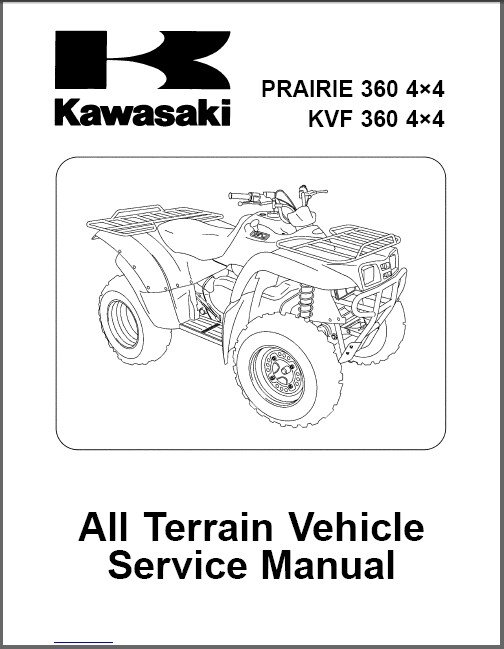
If the driver moves his torso out of the turn, then his centrifugal forces will pull him to the outer radius, and in order to stay in the saddle, he will need to firmly grip the steering wheel. At the same time, the ATV will definitely try to roll over. To avoid such an unpleasant situation, it is always necessary to remember a simple rule - to shift the body only in the direction of rotation. Those. if we turn to the left, then we shift the body to the left side, and vice versa.
Descents must be made in the C-pillar. In this case, the arms must be extended and slightly bent at the elbows. There is no emphasis on the hands, you can even let them go, holding on with your feet. The steeper the descent, the more the driver must move the body back. The lower photos show the consequences of a descent in an incorrect landing. The main mistakes - the driver shifted the weight forward and pressed his hands to the body.
Many extreme sports enthusiasts purchase Avantis ATVs without a clear idea of how to properly handle this kind of equipment. It would seem that everything is simple - four wheels, a stable base. What could be easier? But there are a lot of nuances that you should learn to make driving really fun and safe.
1. Minimize risks . Even if you have a driver's license and experience in driving a car, this does not mean that you can also easily handle a four-wheeler. What should be taken into account in this case?
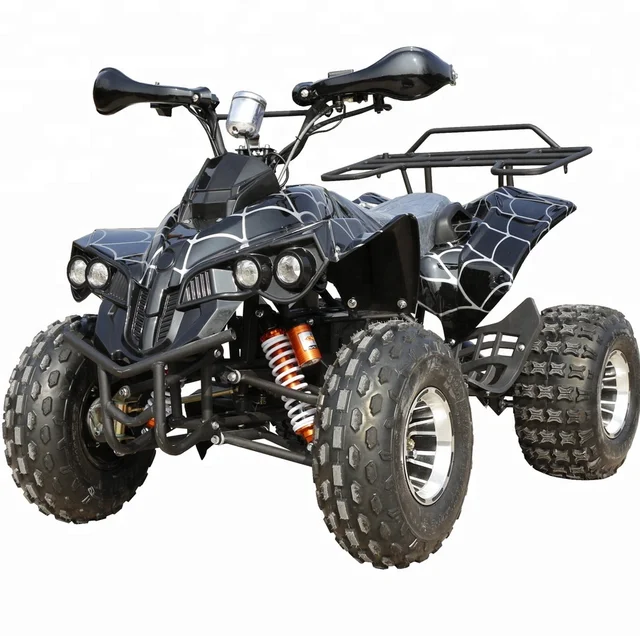
2. Balance with your body . Riding an ATV has more in common with riding a motorcycle than driving a car, since proper balance is a priority here. When overcoming various obstacles, it is necessary to correctly distribute the weight of the body, shifting it in a certain direction.
3. Don't stick to strict age limits . According to many practicing riders, age is far from the first thing you should pay attention to when buying a new vehicle. Much more important is the level of physical and practical training, responsibility and adequacy of the pilot.
So, the sooner the child sits at the helm of an ATV, the faster he can transfer to an apparatus with a larger capacity. And vice versa, if you are an adult, but do not have experience in operating this equipment, do not aim at high-capacity machines.
4. Restrictions - only on public roads . Off-road, anyone can ride an ATV, regardless of age and skill level.
Unfortunately, in most regions of Russia there are no specially designated places where anyone could freely ride, fully using the capabilities of their four-wheeled vehicle. Traveling to a forest or a field is also not always convenient. What to do in this case? Can I ride an ATV on public roads?
Traveling to a forest or a field is also not always convenient. What to do in this case? Can I ride an ATV on public roads?
Can. But the car must be registered. To learn more about how to do this, read our article.
Avantis ATVs are optimal for these purposes. Our model range includes a large number of devices suitable for moving around the city.
Proper quad riding technique will allow you to confidently and safely navigate a variety of difficult routes. Take the time to learn the skills you need to use your vehicle reliably.
Learning the basics of driving usually takes several days.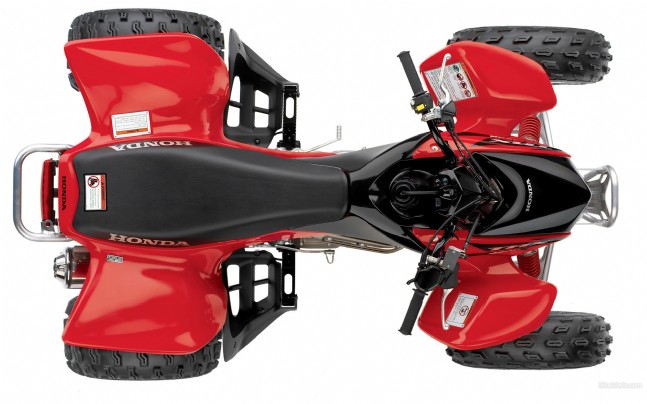 If you want to become a pro, then it will take years of hard training, so be patient.
If you want to become a pro, then it will take years of hard training, so be patient.
As we said above, the operation of a four-wheeler only seems simple. Of course, with low acceleration on a straight road, there will be no problems. However, a more difficult track and high speed can lead to a rollover and, as a result, to injuries of varying severity. Therefore, it is always worth remembering about protection - a good, durable helmet, boots, a motorcycle turtle, etc.
One of the main elements of the technique of movement on an ATV is the position of the rider while riding. If you're riding in relaxed touring mode, you can afford to be in the saddle. If your style is more aggressive, it is recommended to keep the stance, transferring the weight of the body in the right direction.
There are 3 types of racks - middle, front, rear. Let's consider them in more detail:
 The palms rest on the handlebars, the elbows are bent and turned outward. In this position, the hands play the role of a buffer - they extinguish longitudinal shock and compressive forces. Also, they will not rest against the knees when the pilot wants to sit down.
The palms rest on the handlebars, the elbows are bent and turned outward. In this position, the hands play the role of a buffer - they extinguish longitudinal shock and compressive forces. Also, they will not rest against the knees when the pilot wants to sit down. It is worth remembering that the correct position of the body provides good balance, and this affects the control over the vehicle. The body of the driver in the middle stance is conditionally located in the center of the ATV, and already from this point it moves to the side (when entering a turn), or forward / backward when maneuvering.
Important! After completing each element, the body should again return to the central position.
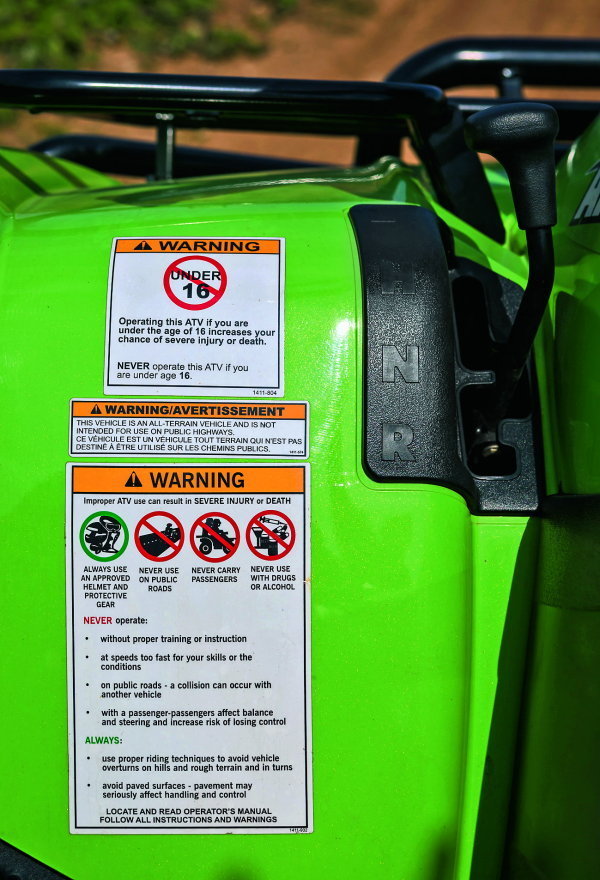
Riding an ATV over rough terrain involves active work with the body. Therefore, when overcoming various kinds of obstacles, follow the basic rules:
